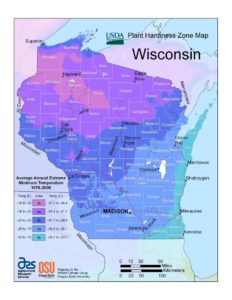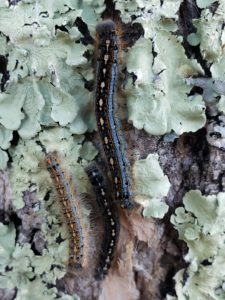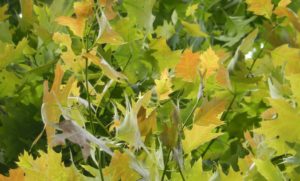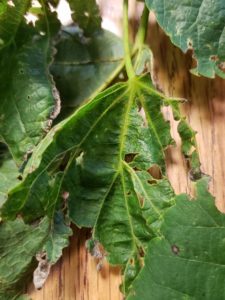You can help keep native elm trees in the forests of Wisconsin! The US Forest Service continues to work on a project to identify Dutch elm disease (DED)-tolerant American elms native to Wisconsin forests. The goal of the project is to identify and propagate survivor American elms, especially from the colder hardiness zones 3-4, and develop a series of clone banks. Selections would eventually be screened for tolerance to DED. Ultimately, the goal is to make DED-tolerant American elm available for reforestation in northern areas, particularly as a component on sites currently forested by black ash.

If you live in hardiness zones 3 and 4, please look for evidence of surviving elms and report them to the US Forest Service.



